The Isle of Man, almost equidistant from Ireland, England, Wales and Scotland, is one of the most beautiful spots in Britain, a mountainous, cliff-fringed island just thirty-one miles by thirteen, into which are shoehorned austere moorlands and wooded glens, sandy beaches, fine castles, beguiling narrow-gauge railways and scores of standing stones and Celtic crosses. Although it takes some effort to reach and the weather is hardly reliable, this also means that the Isle of Man has been spared the worst excesses of the British tourist trade: there’s peace and quiet in abundance and an entire yesteryear ensemble of picket fences and picnic spots, rural villages straight out of a 1950s picture book, steam trains and cream teas. This is also the island whose name comes from Manannan mac Lir, who in some tales was the son of the Irish sea god and others the brother of the Welsh Bran, known as the Blessed, and his doomed sister Branwen.
Manannan was himself a sea god (‘mac Lir’ means “son of the sea”), magician and healer, as well as the ruler of the Blessed Isles, where he lived in Emhaim (“of the Apple Trees”). To the Celts, the Blessed Isles that lie beyond the sea are the gateways to the Otherworlds, where the soul journeys to after death. As such Manannan is associated with the Otherworld and the veil between the worlds, over which he stands guard. His wife was the renowned beauty Fand, who fell in love with the Ulster hero Cuchulainn but finally chose to stay with her sea god husband. Manannan therefore shook a magic cloak between Fand and Cuchulainn in order to make sure they would never meet again. He was said to have a ship, called Wave Sweeper, which sailed itself and, as a sea god, he could stir up or soothe the sea and help or hinder ships. He had both divine and mortal children, and one of his mortal sons, Mongan, was conceived by way of a deception similar to the ruse used for Arthur’s conception. Manannan slept with an Ulster queen when disguised as her husband. Mongan did, however, inherit supernatural gifts, including the ability to shape-change, and he went on to become a great king and a mighty warrior.
In the Manx tradition of folklore, there are many other stories of mythical creatures and characters. These include the Buggane, a malevolent spirit who, according to legend, blew the roof off St Trinian’s Church in a fit of rage; the Fenodyree; the Glashtyn; and the Moddey Dhoo, a ghostly black dog who wandered the walls and corridors of Peel Castle. The Isle of Man is also said to be home to fairies, known locally as the little folk or themselves. There is a famous Fairy Bridge and it is said to be bad luck if one fails to wish the fairies good morning or afternoon when passing over it. It used to be a tradition to leave a coin on the bridge to ensure good luck. Other types of fairies are the Mi’raj and the Arkan Sonney. An old Irish story tells how Lough Neagh was formed when Ireland’s legendary giant Fionn mac Cumhaill (commonly anglicised to Finn McCool) ripped up a portion of the land and tossed it at a Scottish rival. He missed, and the chunk of earth landed in the Irish Sea, thus creating the island. Peel Castle has been proposed as a possible location of the Arthurian Avalon or as the location of the Grail Castle, site of Lancelot’s encounter with the sword bridge of King Melegaunt.
Manannán’s ties to the Isle of Man, where he is referenced in a traditional ballad as having been the nation’s first ruler, remain strong to this day. At Midsummer, the Manx people offer bundles of reeds, meadow grasses and yellow flowers to Manannán in a ritual called the “paying of the rent”, accompanied with prayers for his aid and protection in fishing. He is also believed to have been a magician who could make an illusory fleet from sedge or pea shells to discourage would-be invaders. According to the Book of Fermoy, a manuscript of the 14th to the 15th century, “he was a pagan, a lawgiver among the Tuatha Dé Danann, and a necromancer possessed of power to envelope himself and others in a mist, so that they could not be seen by their enemies.” It was by this method that he was said to protect the Isle of Man from discovery and perhaps today still guards the island to which he gave his name.




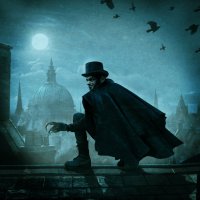
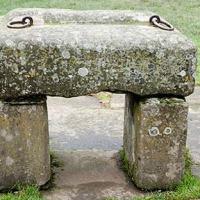
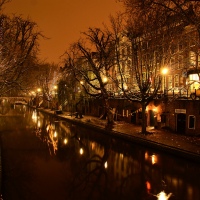

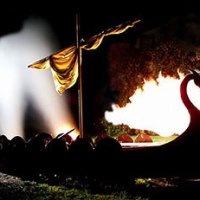
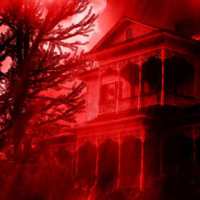


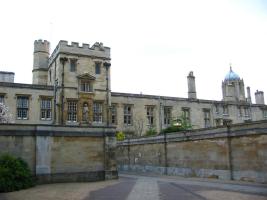


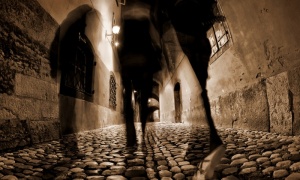


A fascinating read as always! Thanks from Bangkok!
Hugh
Thanks!